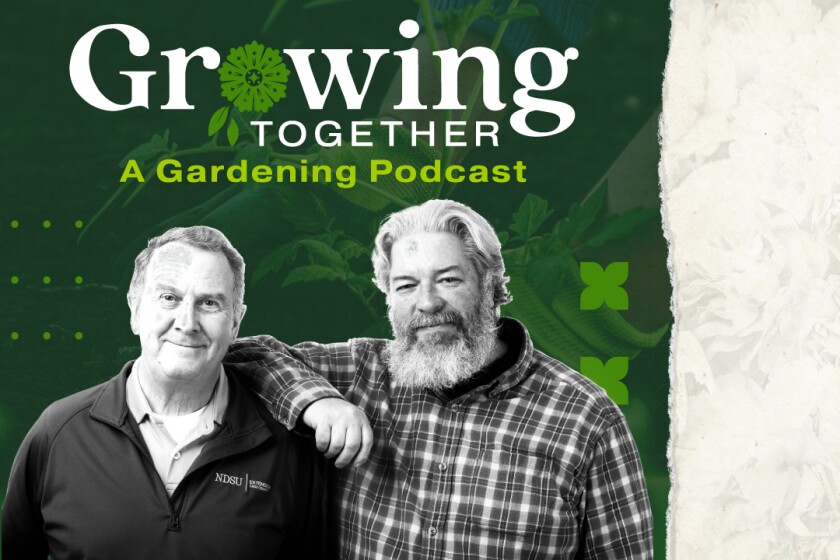In a recent column, several spring ephemerals were mentioned. Squill is also in that category. I've never grown it but recently have been reading lots of pros and cons about this pretty little flower.
Squill emerges early and blooms right after the snow melts. It is a hardy, cold-tolerant plant and it has historically been a favorite of gardeners for its striking blue flowers.
Now for the bad part. Unfortunately, squill naturalizes easily, spreading quickly by self-seeding and bulb offshoots. The University of Minnesota considers this plant to have the potential to be invasive and recommends removing and reporting it.

It's not listed as invasive YET, but we should be following the advice of the University of Minnesota. It has been said that even if you have never planted squill, it could arrive in your flower bed and/or lawn.
One or more arching stem, hairless flower stalks form from the center of the rosette of squill. The leaves are 5 inches long, grass-like, emerging from one point.
Flowers are 1-inch-wide, bell-shaped flowers that consist of six flaring, blue petals with a dark blue center strip and six white stamens with blue tips. Seed capsules are green and bumpy and turn brown as they mature and split to produce seeds.
If you have more of these in the lawn that you want, mow after bloom to remove seed heads and reduce spreading by seed. That is the easiest way to control squill.
Many gardeners have reported that they have never had a problem with squill, love them and they can easily contain them to one area. So use your own judgment. (Just passing along University of Minnesota information.)
University of Minnesota tells us that native plants are well-adapted to the local climate and soil conditions, making them easier to grow and maintain. Native plants offer many benefits for both your garden and the environment.
ADVERTISEMENT
There are a few key reasons to consider incorporating them into your landscape. They support local wildlife, including birds, butterflies, bees and other pollinators. They are low-maintenance and prevent erosion and improve soil health and are resilient to local pests and diseases.
Native plant species thrive in Minnesota gardens and offer a range of benefits.
- Purple coneflower (Echinacea)
- Wild bergamot (Monarda fistulosa): Also known as bee balm, it prefers full sun to partial shade.
- Little bluestem: Native grass adds texture and movement to your garden with its blue-green foliage that turns reddish-bronze in the fall.
- Black-eyed Susan
- Swamp milkweed: This plant is essential for monarch butterflies, as it serves as a host plant for their larvae.
- Serviceberry: This small tree or shrub produces white spring flowers, followed by edible berries that attract birds.
- Wild columbine
By incorporating these native plants into your garden, you can create a beautiful, low-maintenance landscape that supports local wildlife and promotes a sustainable ecosystem.
Native plant information from Robin Trott, Extension educator, Douglas County













